Product Consultation
Your email address will not be published. Required fields are marked *
The diameter or thickness of nylon monofilament yarns significantly influences their strength and usability across various scenarios. Here's how:
Strength: The diameter or thickness of nylon monofilament yarns directly influences their strength characteristics. Thicker yarns inherently possess a larger cross-sectional area, allowing them to distribute stress more effectively when subjected to tension. This means that thicker yarns generally exhibit higher tensile strength, making them ideal for applications where durability and load-bearing capacity are paramount. In industrial settings, such as in the construction of heavy-duty ropes or safety nets, thicker nylon monofilament yarns are preferred due to their ability to withstand significant forces without breaking or stretching excessively.
Flexibility: Thinner nylon monofilament yarns boast greater flexibility owing to their reduced cross-sectional area and increased surface-to-volume ratio. This inherent flexibility enables them to bend and conform more readily to curved or irregular surfaces without sacrificing their structural integrity. Consequently, thinner yarns find extensive use in applications that demand flexibility and drape, such as in textile weaving for creating intricate patterns or in the production of lightweight garments that require fluid movement and comfort.
Abrasion Resistance: Thicker nylon monofilament yarns offer superior resistance to abrasion compared to their thinner counterparts. The increased thickness provides a thicker protective barrier against friction and wear, thus reducing the likelihood of surface damage or abrasion-induced weakening over time. This enhanced durability makes thicker yarns well-suited for applications subjected to abrasive conditions, including heavy-duty industrial conveyor belts, marine ropes exposed to saltwater environments, or outdoor sporting equipment like climbing ropes and hammocks used in rugged terrain.
Knot Strength: The diameter of nylon monofilament yarns significantly affects the strength and reliability of knots tied with them. Thicker yarns offer more material for securing knots, resulting in higher knot strength and greater resistance to slippage or unraveling. This is particularly critical in applications where knots are subjected to substantial stress, such as in fishing lines where secure knots are essential for landing and controlling fish without breakage. Thinner yarns, while still strong, may require more precision in knot tying to ensure optimal strength and stability.
Visibility: Thicker nylon monofilament yarns are generally more visible in water or air compared to thinner ones due to their larger diameter. This increased visibility can be advantageous or disadvantageous depending on the application context. For instance, in fishing, highly visible lines may attract fish in murky waters by enhancing visibility, but they might spook fish in clear conditions due to their conspicuousness. Conversely, thinner, less visible yarns are favored for stealthier approaches in fishing or for applications where inconspicuousness is desired, such as in sewing threads for delicate or transparent fabrics where visible stitching would detract from the overall aesthetic.
Handling and Casting: Thinner nylon monofilament yarns offer reduced air resistance during casting and superior handling characteristics owing to their sleeker profile and decreased weight. This results in smoother, more controlled casting motions and improved sensitivity to subtle bites or strikes, making thinner yarns the preferred choice for precision casting in recreational and competitive fishing. Thinner yarns are easier to manipulate and tie knots with, enhancing user convenience and efficiency during rigging and setup.
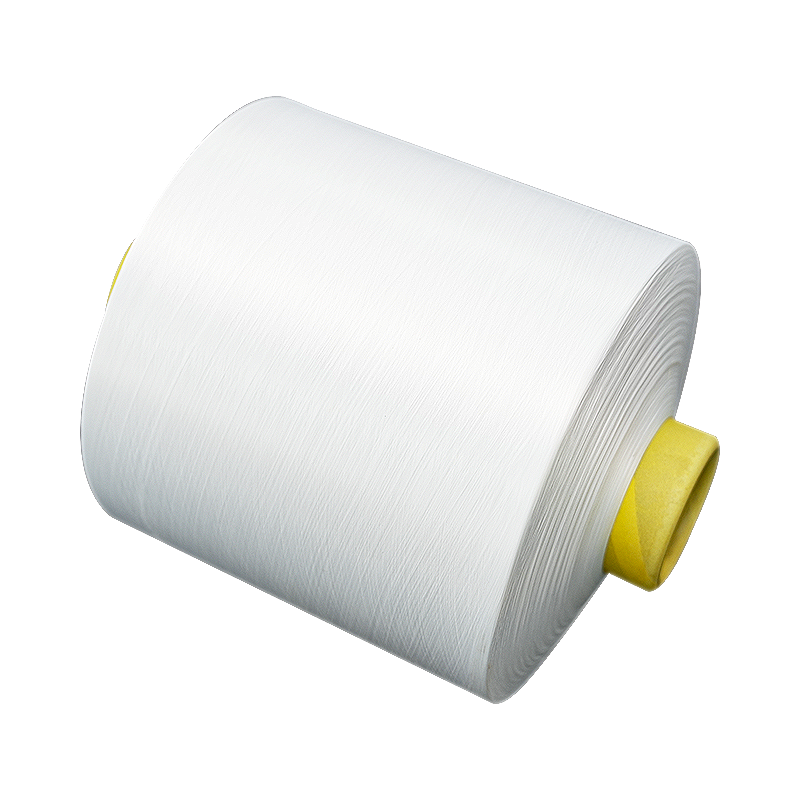
What are the key properties of nylon elastic yarns?
2024-06-19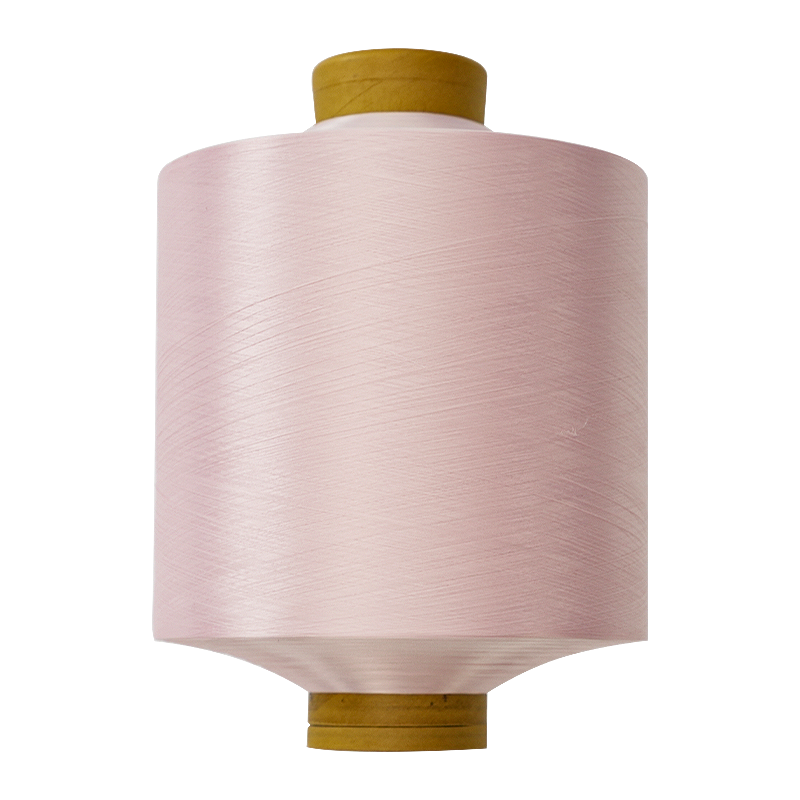
What are the primary benefits of incorporating nylon elastic yarns into textile manufacturing processes?
2024-06-19Your email address will not be published. Required fields are marked *
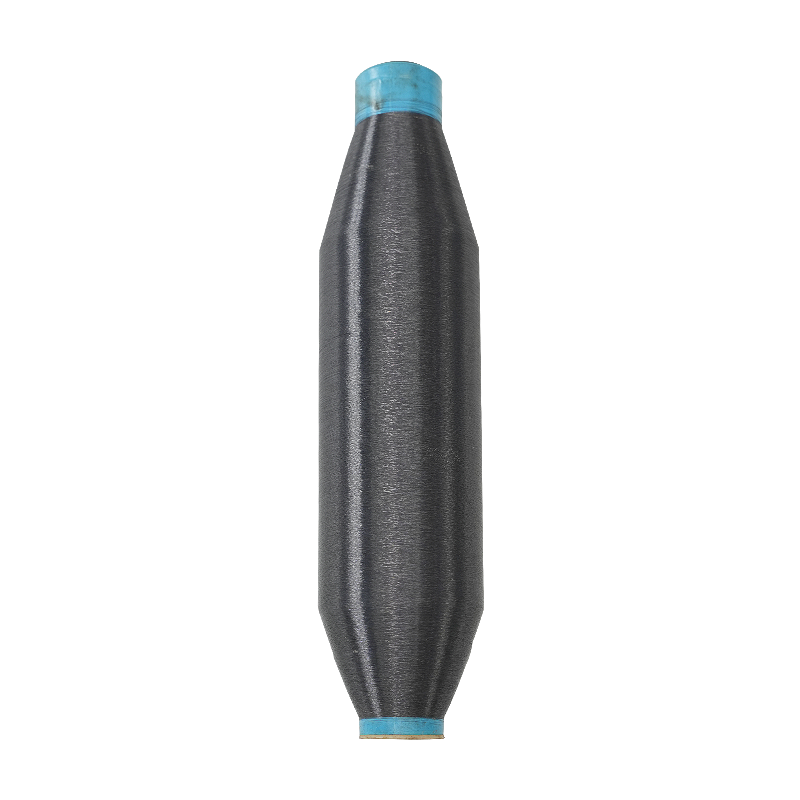
Nylon is a synthetic fiber with good strength and wear resistance, so 40D biodegradable yarn inherits the properties of nylon fiber. It has tensile strength, abrasion resistance and corrosion resistan...
See Details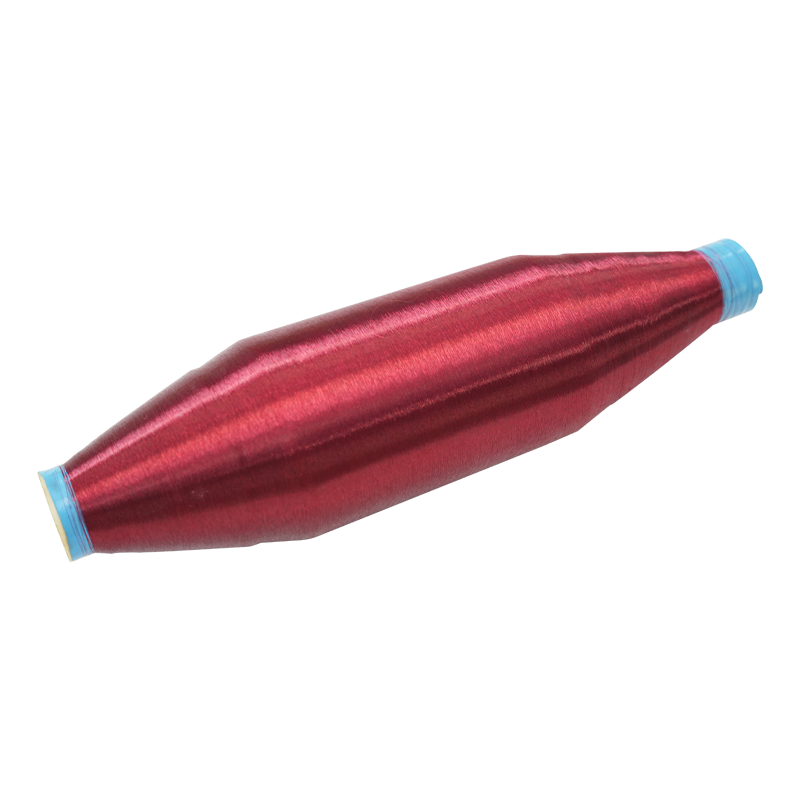
Antiviral nylon Monofilament Yarn can inhibit the survival of viruses on the surface of the yarn, which can effectively reduce the risk of virus transmission and improve user safety. The yarn has a mo...
See Details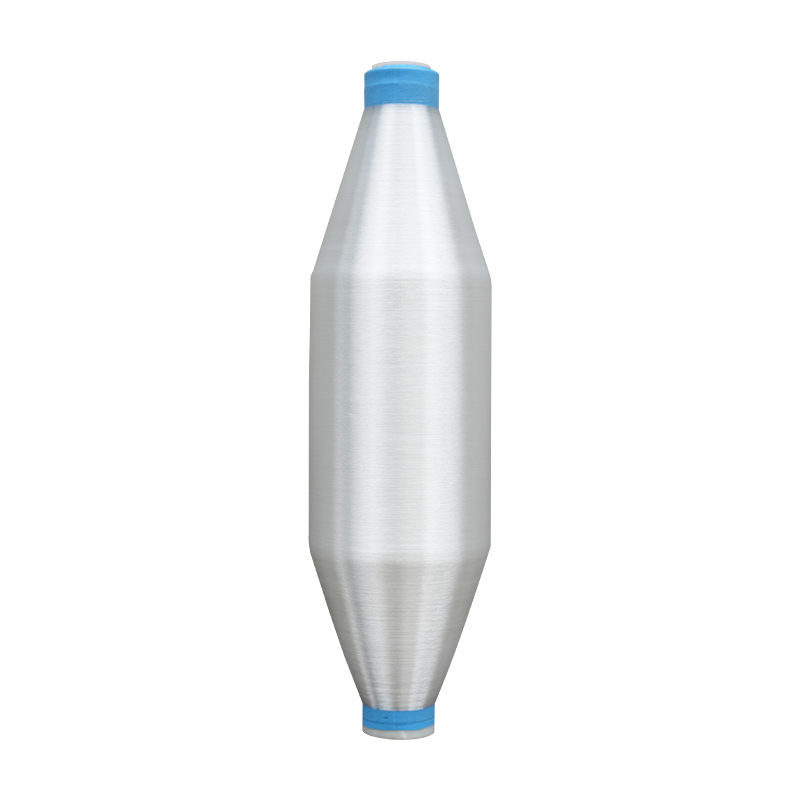
60D woven Antiviral Yarn is thin overall and suitable for making light and soft textiles. Nylon fiber has a soft feel and good breathability. This yarn is usually used to weave fabrics and can be made...
See Details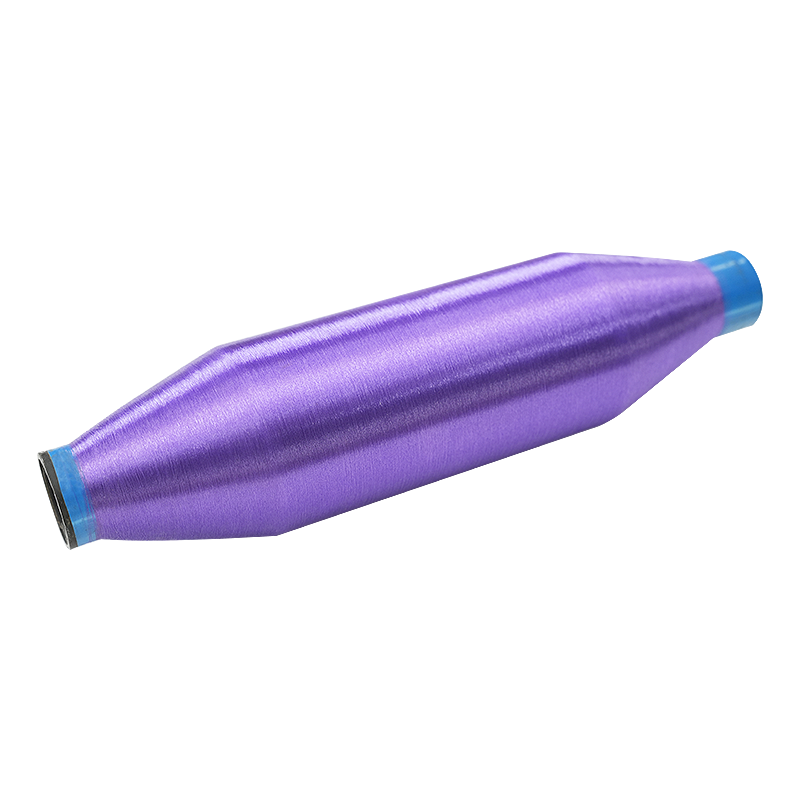
Graphene yarns can be produced by a variety of methods, including chemical vapor deposition (CVD) and wet spinning. In CVD, graphene is grown directly on a substrate, which is then removed to obtain g...
See Details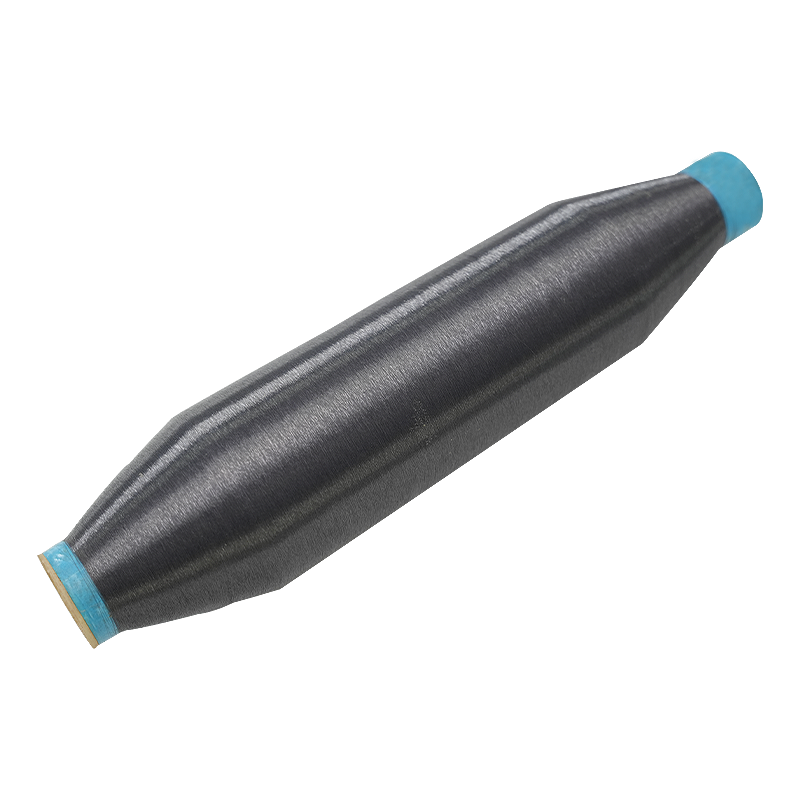
Elastic high-performance polyamide multifilament refers to a synthetic fiber made from polyamide polymer (commonly known as nylon). Resilient and high-performance properties make it suitable for a var...
See Details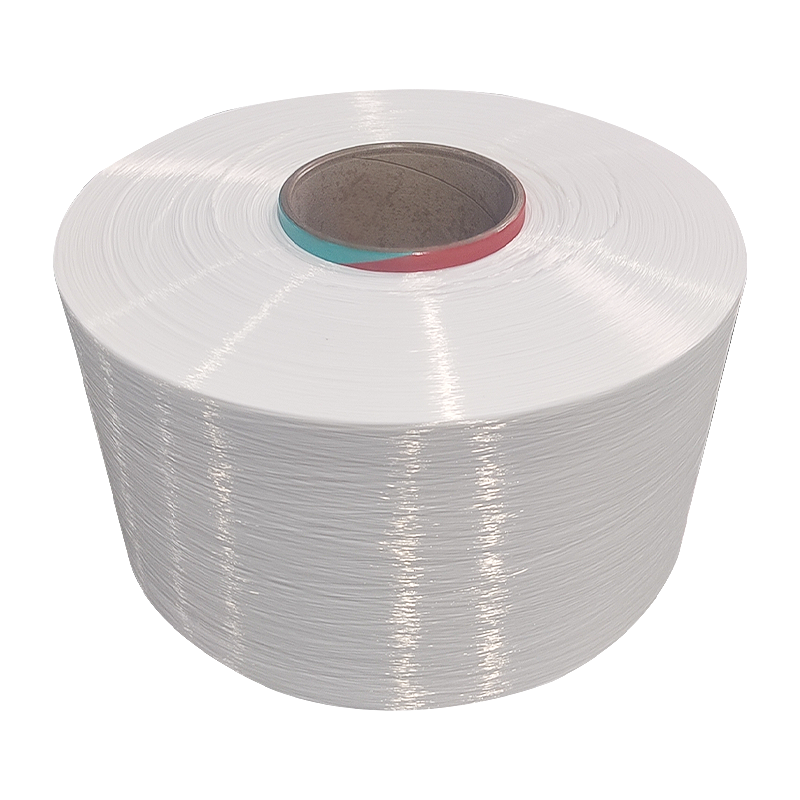
Colored Nylon Mother Yarn can be processed through spinning, drawing, dyeing and other processes to meet the needs of different textiles. It has good processing adaptability and can be made into vario...
See Details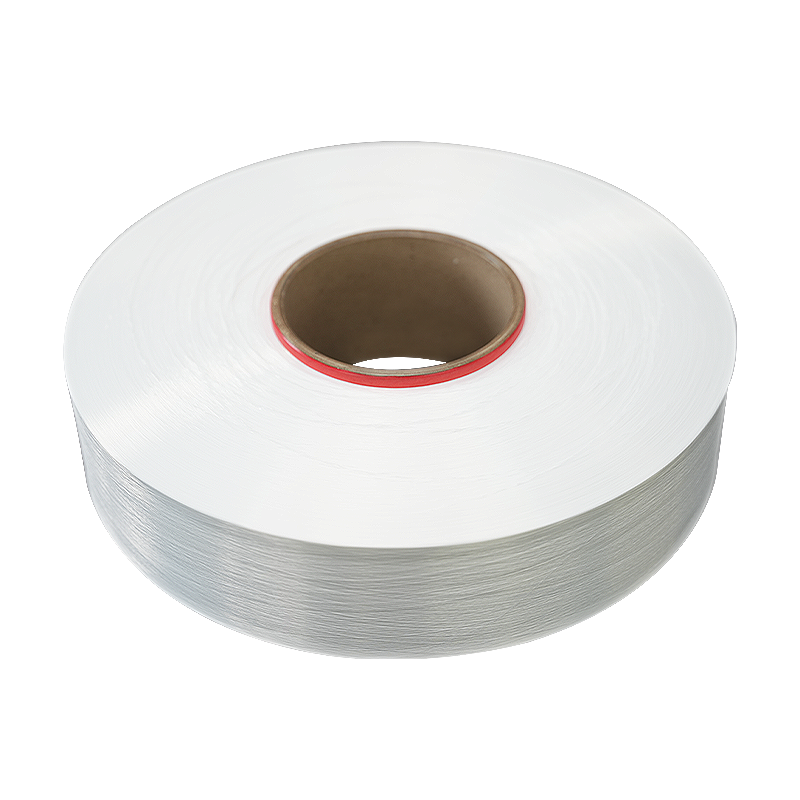
Polyester blended FDY yarn is a standard 50D yarn made from a blend of polyester and nylon. It combines the characteristics of both fibers and has durability and breathability. It has a wide range of ...
See Details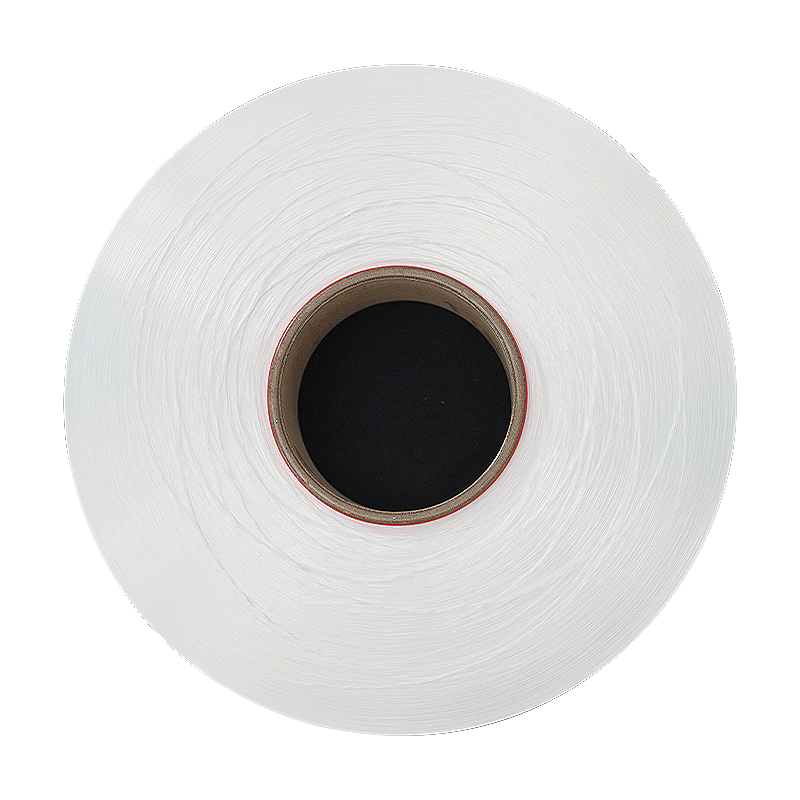
Durable composite nylon yarn has stretch and recovery properties, providing the necessary comfort, fit, and flexibility for clothing and textiles. Made of a blend of nylon fiber and polyester fiber, i...
See Details
Nylon composite yarn has high strength and toughness. Textiles made with Nylon composite yarn have good stretch resistance and tear resistance. This yarn has a wide range of applications and can be us...
See Details
High shrinkage blended polyester yarn has a high shrinkage rate and is suitable for textile manufacturing that requires shrinkage treatment, such as making pleated fabrics or textile shaping. Because ...
See Details
Water-repellent blended FDY yarn has good waterproof properties. This characteristic makes Water-repellent blended FDY yarn a greater advantage when making textiles with high waterproof requirements s...
See Details
Composite woven FDY yarn mixes different types of fibers and has good wear resistance. The fabric made is not easy to wear and is suitable for long-term use. Composite woven FDY yarn has a wide range ...
See DetailsAddress: Duntou industrial park, haian county, nantong city,jiangsu province ,China.
TEL: +86 15850491859
E-mail: sales-betty@hsnylon.com
If You Are Interested In Our Products, Please Consult Us